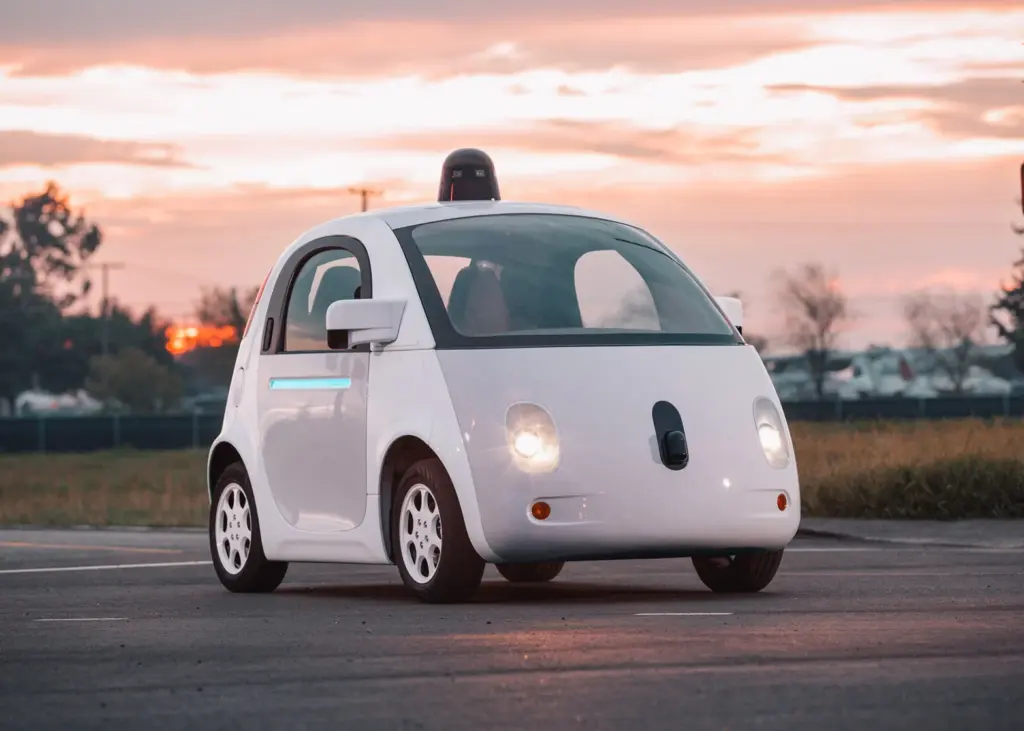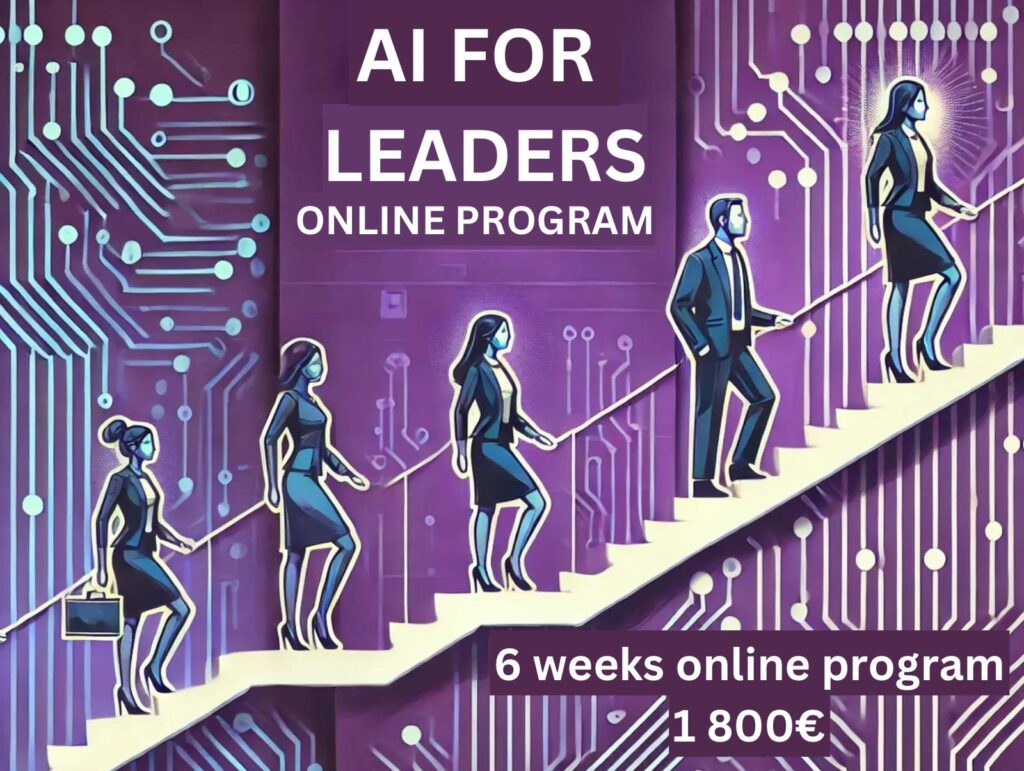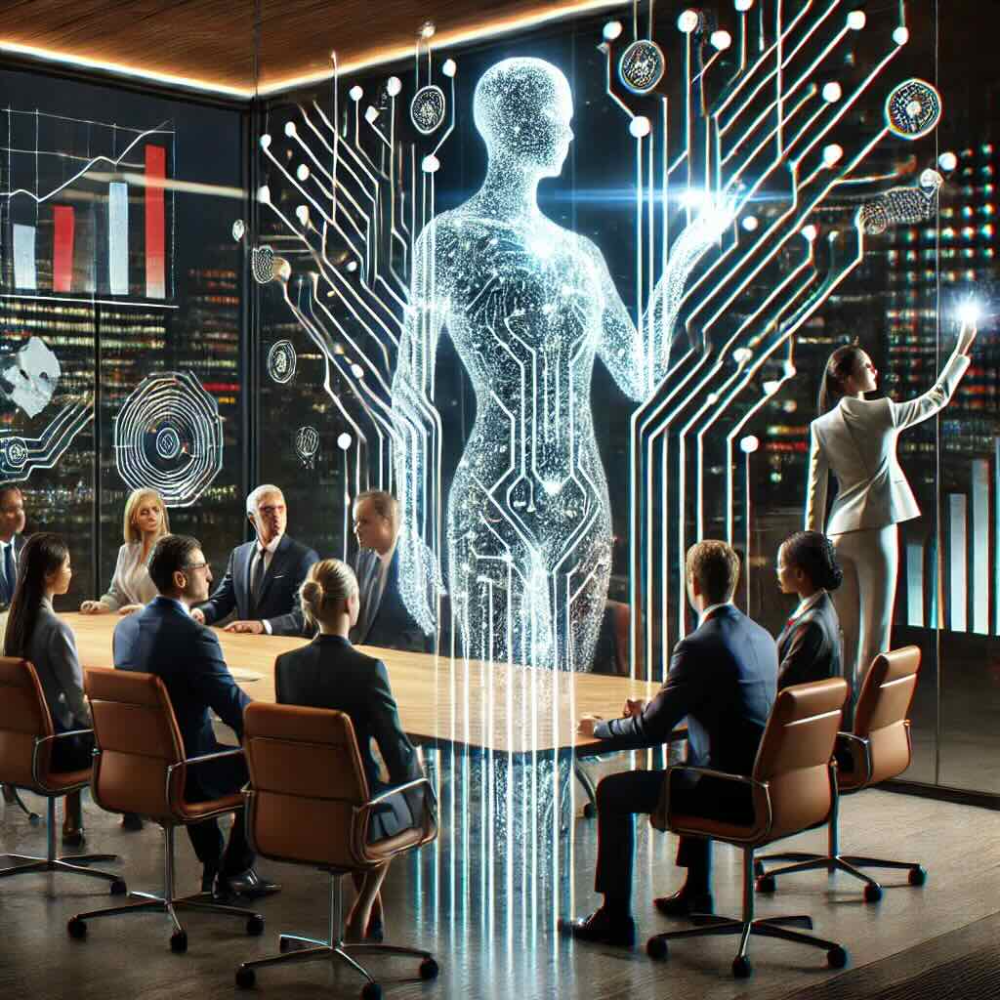
Empowering 600+ Insurance Professionals Through 6 weeks advanced AI master class
In today’s rapidly evolving business landscape, AI leadership isn’t just an advantage—it’s essential for survival. Industries like insurance and banking face the highest potential for AI disruption, making skilled AI Copilot training critical for organizational success.
Our proven methodology has transformed how global companies approach practical AI skills development, with regions like Italy and the U.S. leading as early adopters in enterprise AI implementation.
Comprehensive AI Copilot Training Program
Our intensive 6-week AI leadership masterclass delivers measurable results for large-scale teams. Recently completed with a global B2B insurance company, this program trained 600 professionals across multiple functions through structured online sessions.
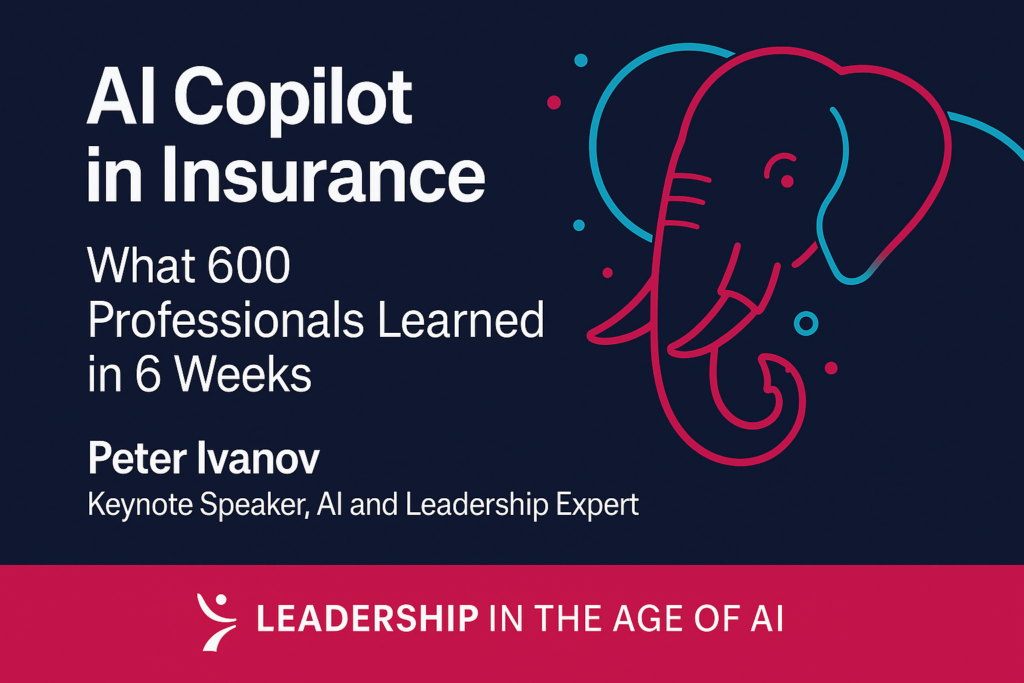
Week 1: AI Copilot Fundamentals & Assessment
Building Strong AI Leadership Foundations
Our AI Copilot training begins with consolidating existing knowledge while gathering real-world usage feedback. This foundational session establishes essential practical AI skills and creates a shared vocabulary for advanced AI implementation. Participants gain clarity on AI capabilities while identifying specific organizational opportunities.
Week 2: Advanced AI Prompting & Self-Correction
Developing Strategic AI Leadership Skills
Transform your team’s AI Copilot interactions through advanced prompting techniques that convert basic AI tools into powerful collaborative partners. Learn prompt chaining, context layering, and self-feedback mechanisms that enable AI to reason, reflect, and iterate toward superior solutions. These practical AI skills multiply individual and team productivity exponentially.
Week 3: AI Agent Development & Automation
Creating Intelligent Business Solutions
Master the creation of specialized AI Copilot agents for enhanced productivity and automated workflows. Build sophisticated agent-to-agent conversations where AI personas collaborate on complex business scenarios. Watch as your AI leadership capabilities expand through hands-on development of intelligent agents that surface challenges and propose comprehensive solutions.
Week 4: Industry-Specific AI Applications
Implementing Practical AI Skills in Your Sector
Deep-dive into role-specific AI Copilot applications tailored to your industry needs. Whether functioning as an underwriter, claim adjuster, risk advisor, or policy analyst, participants develop practical AI skills that directly impact their daily workflows. Create working prototypes tested with real case files and business scenarios.
Week 5: AI Market Intelligence & Competitive Analysis
Strategic AI Leadership for Business Advantage
Gain crucial market intelligence about AI implementation across leading organizations. Analyze case studies demonstrating measurable ROI from AI initiatives, including automated processing improvements and predictive model accuracy gains. Develop AI leadership insights that position your organization ahead of competitors.
Week 6: AI Innovation Culture & Experimentation
Building Sustainable AI Leadership Practices
Establish organizational frameworks for safe AI experimentation and productive failure. Create feedback loops, documentation processes, and success amplification strategies that build lasting AI leadership capabilities. Develop practical skills for managing AI initiatives while fostering innovation culture across teams.
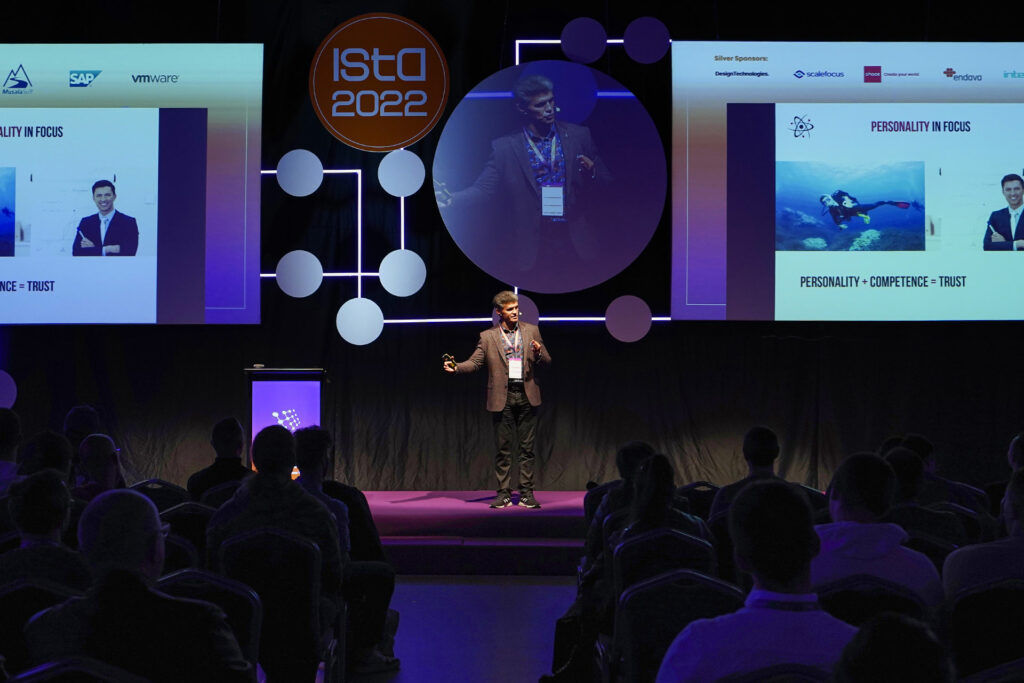
🌱 Proven AI Leadership Transformation Results
Our AI Copilot training methodology delivers quantifiable outcomes:
- 85% of participants gained confidence in daily AI workflow integration
- 92% identified 3+ specific AI use cases relevant to their roles
- 78% volunteered for cross-functional AI exploration teams
🔄 From AI Training to Organizational Transformation
Successful AI leadership extends beyond individual practical AI skills development. Our methodology creates appointed AI champions who lead cross-functional squads, exploring and prototyping real business use cases identified during training.
This business-led approach ensures AI Copilot implementations solve actual problems rather than pursuing technology for technology’s sake. Through systematic experimentation, prototype development, and scaled implementation, organizations build sustainable AI leadership capabilities.
💼 Why Choose Our AI Leadership Training?
Comprehensive AI Copilot Mastery: Our training covers everything from basic AI Copilot functionality to advanced agent development and strategic implementation.
Practical Skills Focus: Every session emphasizes hands-on practical AI skills that participants can immediately apply to their work.
Scalable Methodology: Successfully tested with 600+ professionals across multiple functions and geographic regions.
Industry-Specific Applications: Tailored content that addresses real business challenges in your specific sector.
Proven Results: Quantifiable outcomes that demonstrate ROI and organizational transformation.
🎯 Ready to Transform Your Organization’s AI Capabilities?
The future belongs to organizations that develop strong AI leadership and equip their teams with essential practical AI skills. Our AI Copilot training methodology has proven successful across industries and scales.
Don’t let your competition gain an AI advantage. Contact us today to discuss how our AI leadership training can transform your organization’s capabilities and drive measurable business results.
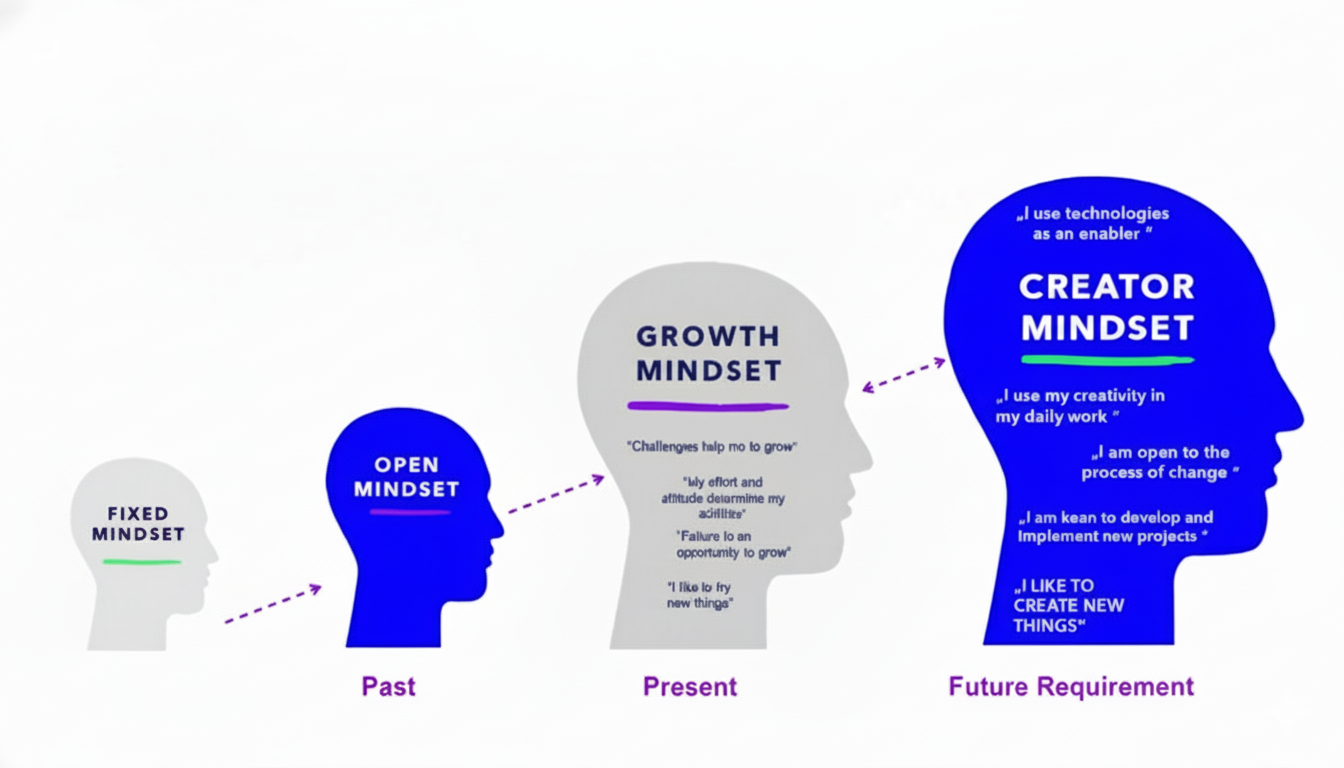
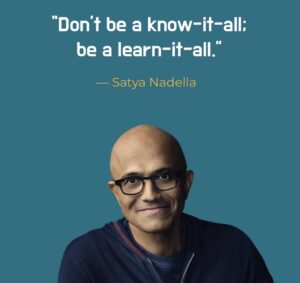


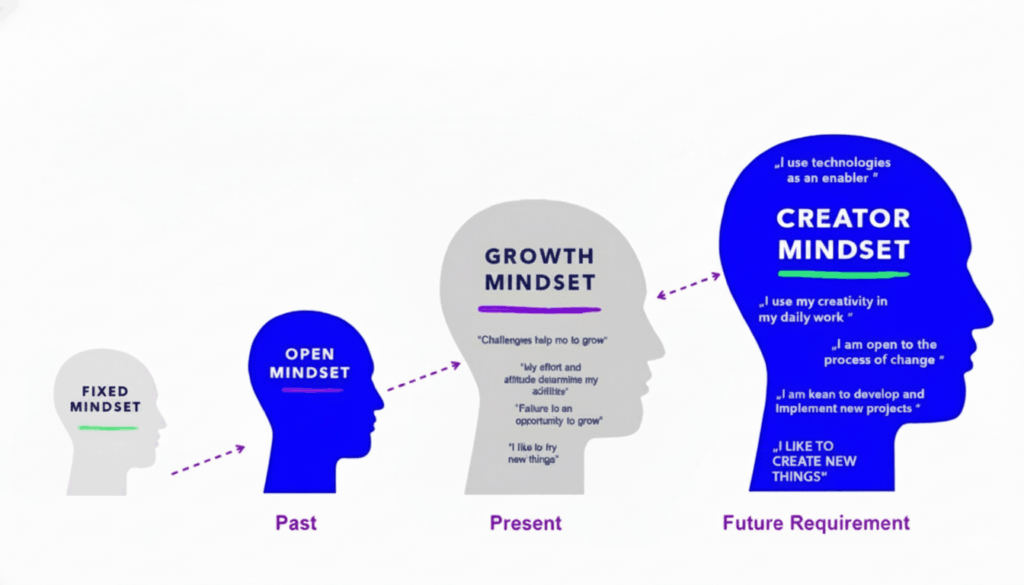

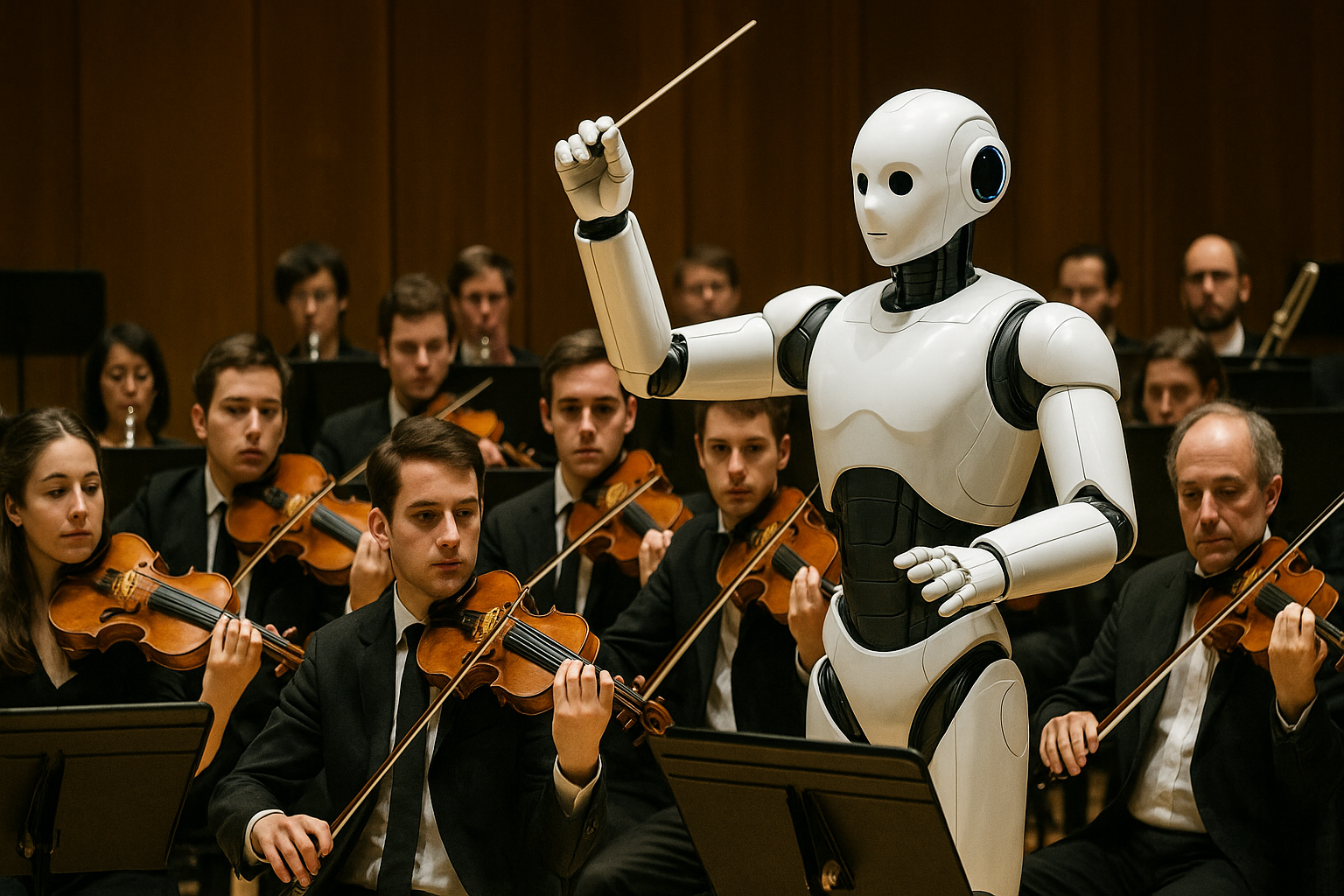




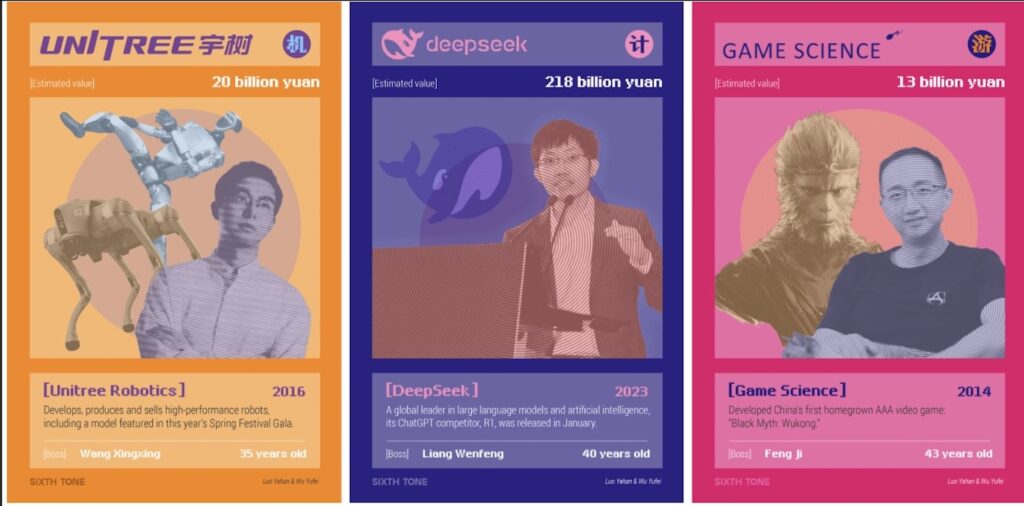 DeepSeek is changing the game not just through advanced mathematical algorithms and specialized models but also with extremely low hardware requirements—training their AI model costs only 5% of what GPT-4 does, Ivanov noted. He added that Beijing now actively supports its tech companies after previous crackdowns on firms like Alibaba.
DeepSeek is changing the game not just through advanced mathematical algorithms and specialized models but also with extremely low hardware requirements—training their AI model costs only 5% of what GPT-4 does, Ivanov noted. He added that Beijing now actively supports its tech companies after previous crackdowns on firms like Alibaba. AI learns from us—our questions, reactions, and tone in the digital space. “We are all responsible for what this superintelligence becomes,” Ivanov said. He believes there will be a need for international regulation based on partnerships and shared ethical standards.
AI learns from us—our questions, reactions, and tone in the digital space. “We are all responsible for what this superintelligence becomes,” Ivanov said. He believes there will be a need for international regulation based on partnerships and shared ethical standards. Ready to Lead in the Age of AI?
Ready to Lead in the Age of AI?


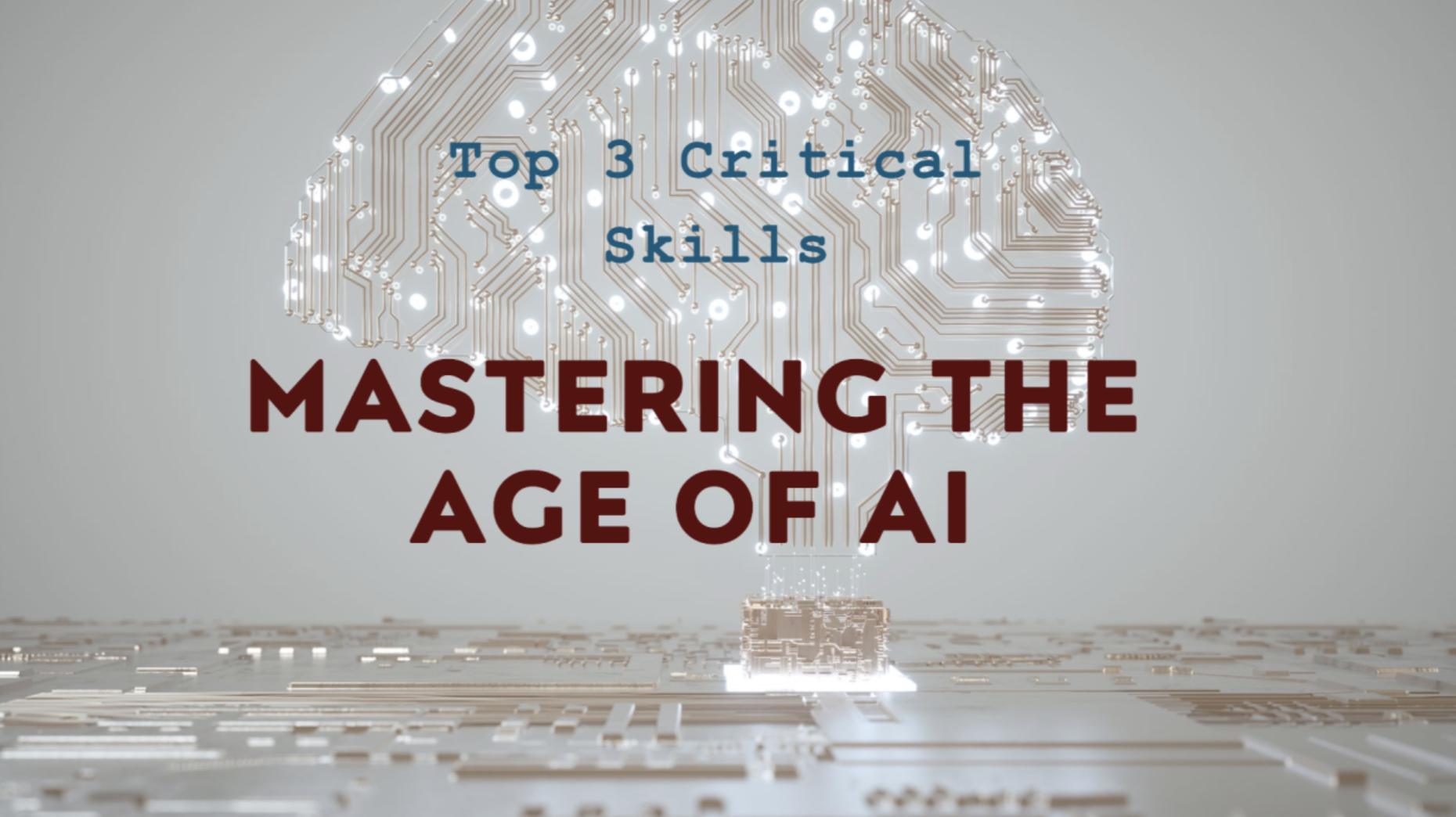
 Imagine an AI that develops malicious code and continuously self-improves in real-time, adapting to all defenses.
Imagine an AI that develops malicious code and continuously self-improves in real-time, adapting to all defenses.